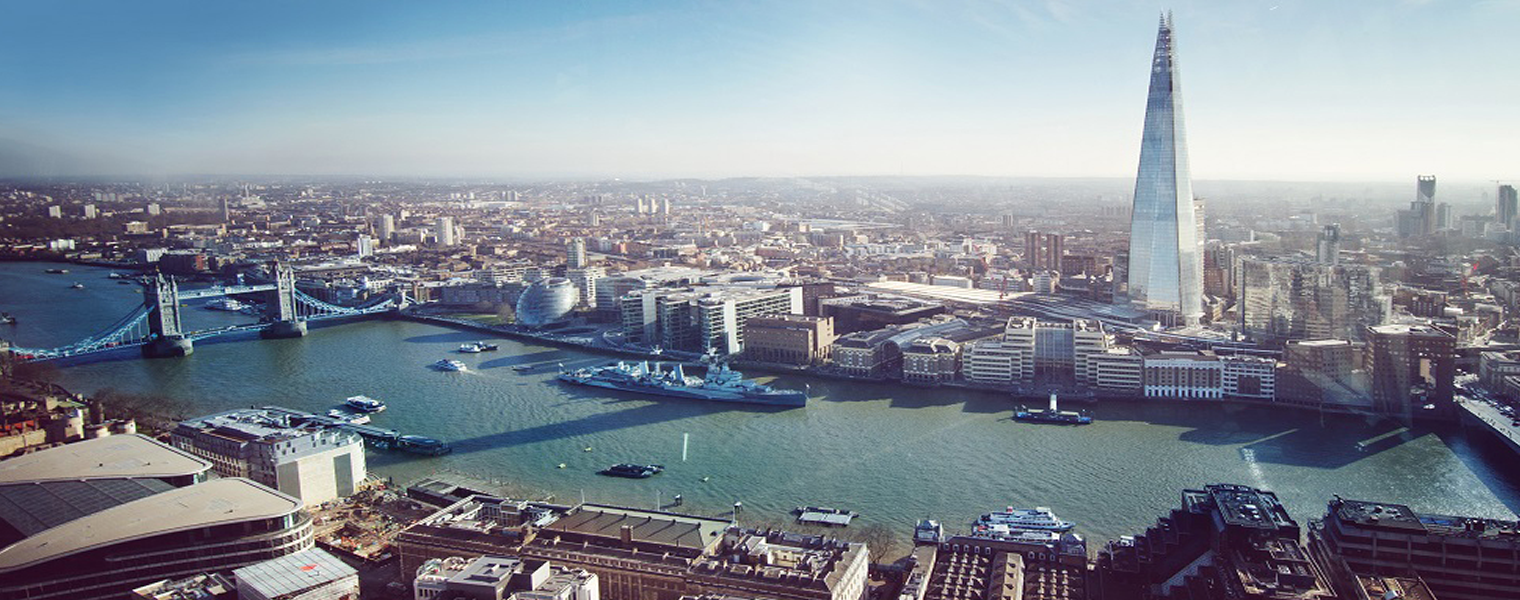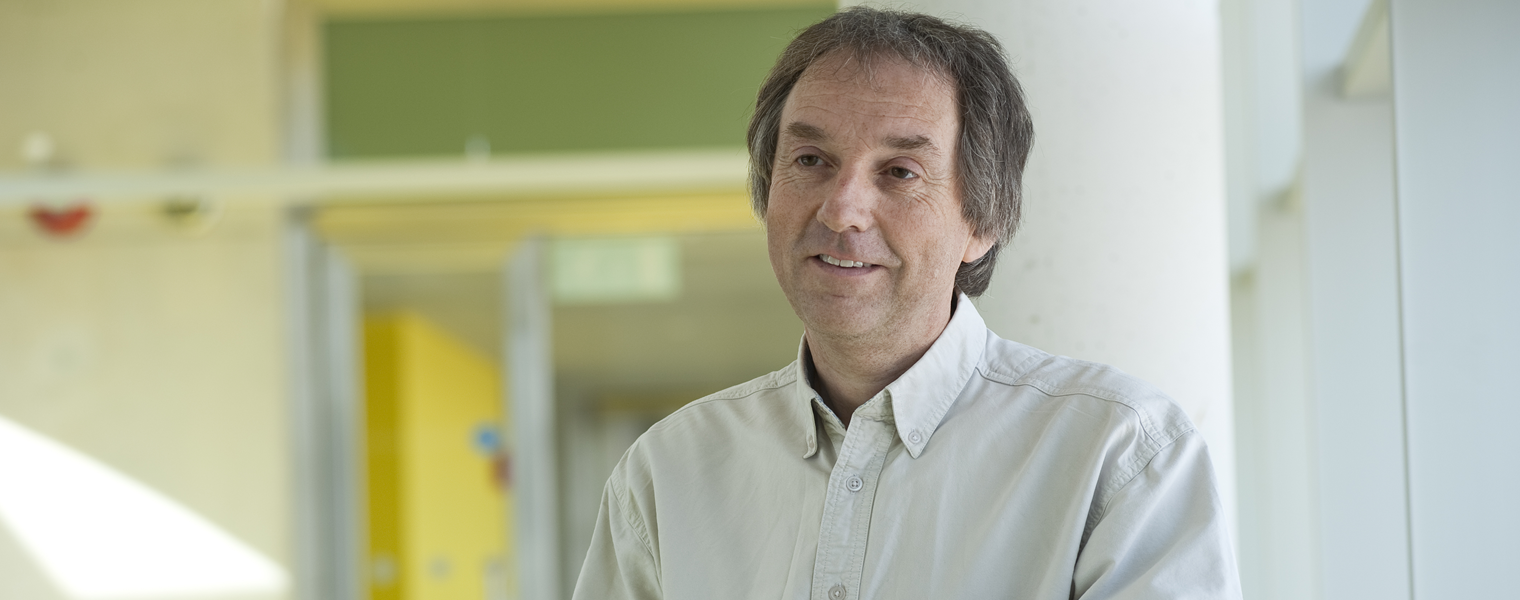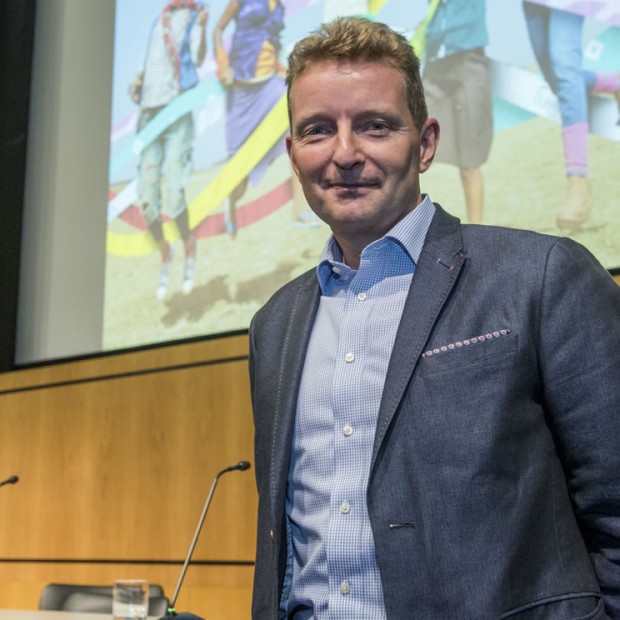Hartley News Online Your alumni and supporter magazine
The world’s population has tripled in the last 70 years. According to The World’s Cities in 2016 report by the UN, an estimated 54.5 per cent lived in urban settlements. And by 2030, urban areas are projected to house 60 per cent of people globally.
Cities have become central to social development and economic prosperity. Globalisation, urbanisation and climate change are interacting in a way that is unprecedented, placing conflicting pressures on our natural environment and our urban service delivery systems. This presents an urgent challenge to politicians, planners, architects, scientists and engineers alike – how do we create resilient, sustainable cities?
A sustainable city may be defined as one designed with environmental impact as a key consideration, particularly in terms of minimising required inputs of virgin raw materials, energy, water and food, and outputs of heat, air and water pollution and wastes needing disposal – both during construction and in operation. While there is no universally-agreed paradigm for what a sustainable city entails, it should in general meet the needs of the present without compromising the ability of future generations to meet their own needs.
Ahead of this month’s Public Lecture on Sustainable Cities Southampton Connects hears from alumna Jane Wernick (BSc Civil Engineering, 1976), Consultant at engineersHRW, on her interest in the sustainable cities debate, and from William Powrie, Professor of Geotechnical Engineering and Dean of Engineering and the Environment about some of the research at the University that is influencing the future sustainability of cities.
Jane Wernick (BSc Civil Engineering, 1976), Consultant at engineersHRW, incorporating Jane Wernick Associates
With Arup from 1973–1998, Jane started and ran its Los Angeles office from 1986-88. Her most notable Arup project was the Millennium Wheel on London’s South Bank. Throughout her career she has worked on projects such as: the Young Vic Theatre; the treetop walkway at the Royal Botanic Gardens, Kew; and the Living Architecture Houses; all in the UK, as well as various project in Europe and North America including the Des Moines Public Library, Iowa, U.S.; and the glass facades at Parc de la Villette, Paris.
Jane won the 2013 CBI first Woman of the Built Environment Award. She serves on the Design Review panels of Design Council CABE, Design South East, and Camden. She was on the Council of the Architectural Association and is a member of the multidisciplinary think tank, the Edge.
“My interest in making cities more sustainable focuses on the wellbeing of the inhabitants, which can be affected by the design of the buildings they live and work in, and experience from the outside. I believe we can improve the chance of ‘building happiness’ through the design of our built environment.”
“Issues such as noise, privacy, connectivity, comfort, sunlight at street level, air pollution, overheating, ventilation and cooling, all need to be thought about when designing buildings. Our climate in the UK is getting hotter and we will need to incorporate things such as moveable shades, as they do in the rest of Europe, into our designs in the UK.
“High-rise premises are not the solution in my opinion; in terms of energy and carbon footprint, buildings over 20 storeys high are not sustainable. They yield more carbon to build per usable square-metre of floor, because they have to resist higher wind loads, running costs are higher due to transporting people up and down by lift, and it is more difficult to keep them airtight the higher up you are.
“Depression of inhabitants in high-rise buildings, especially single parents in the more socially-deprived communities, is also an issue, as is safety as we have seen recently in the terrible fire in Grenfell Tower in South London.
“As far as density goes there have been studies that suggest that central Paris, for example, with buildings of eight to 10 storeys high, has the same density as Beijing, which has mostly high-rise buildings. Indeed, there are quite a few high-density mixed-use European cities that are sustainable without the need for skyscrapers.”
William Powrie, Professor of Geotechnical Engineering and Dean of Engineering and the Environment at the University
Research at the University is exploring many aspects of city life, to ensure that the future of cities is environmentally, economically and societally sustainable.
We have a 20-year history of working with Transport for London (TfL) and others to improve infrastructure and transport links, both within and between cities. We have helped to develop techniques for the cost-effective construction, repair and maintenance of the infrastructure needed for mass transportation systems such as metros and urban railways, and to improve the attractiveness of bus travel, walking and cycling.
Our researchers are in demand from policymakers at home and abroad in relation to traffic flow in urban areas. For the past 40 years, members of Southampton’s Transportation Research Group (TRG) have produced practical solutions to congestion in cities and on motorways and trunk roads, which have rapidly been adopted by leading commercial and public sector clients in the UK and further afield.
According to TfL, the intelligent traffic lights systems developed here have generated economic benefits of £29m per annum between 2009 and 2014. Systems for the early detection and identification of motorway and trunk road incidents developed at Southampton are estimated to have saved £50m per annum from 2008–13; and improved techniques for the stabilisation of old railway cuttings and embankments saved up to £20m a year in direct costs and a 50 per cent reduction in repair time.
In addition to the supply side for goods, foods and services, a sustainable city needs methods of taking waste away or dealing with it in the city itself. No one really wants a landfill or incinerator on their doorstep, so as cities continue to grow, waste management solutions that are acceptable in terms of their environmental impact, cost and scale need to be found.
Research by Professor Charles Banks and his team has pioneered the development of techniques for the anaerobic digestion (AD) of food waste to produce biogas. Working with industry, the technique has been developed from the laboratory bench to a viable commercial activity and the UK government’s preferred option for this type of waste, such that now around 1.7 million tonnes of food waste is processed in over 40 commercial biogas plants in the UK, to produce significant quantities of renewable energy.
Research at Southampton is at the forefront, in developing the systems and infrastructure that connect the city internally to its hinterland, and to other cities. These systems enable the movement of people, goods, services and resource, and hold the key to the environmental, societal and economic sustainability of cities.
For more information, and to watch Jane and William discuss sustainable cities view our Public Lecture on Sustainable Cities.




